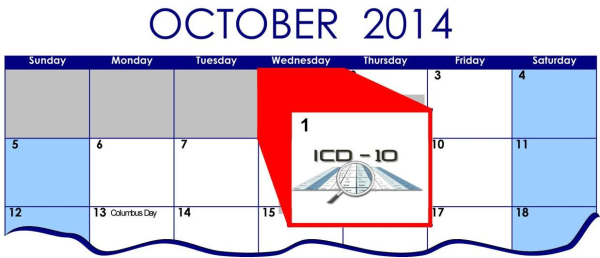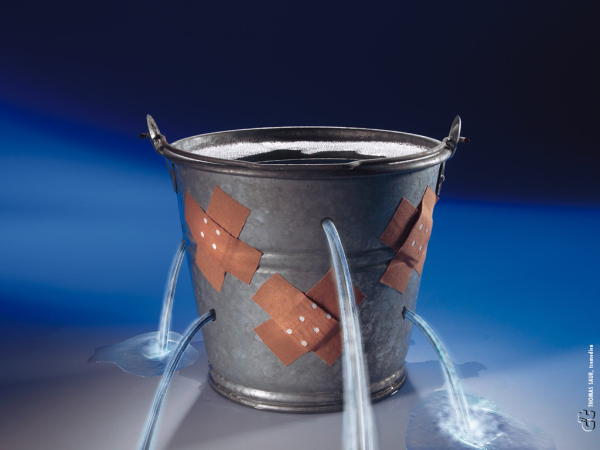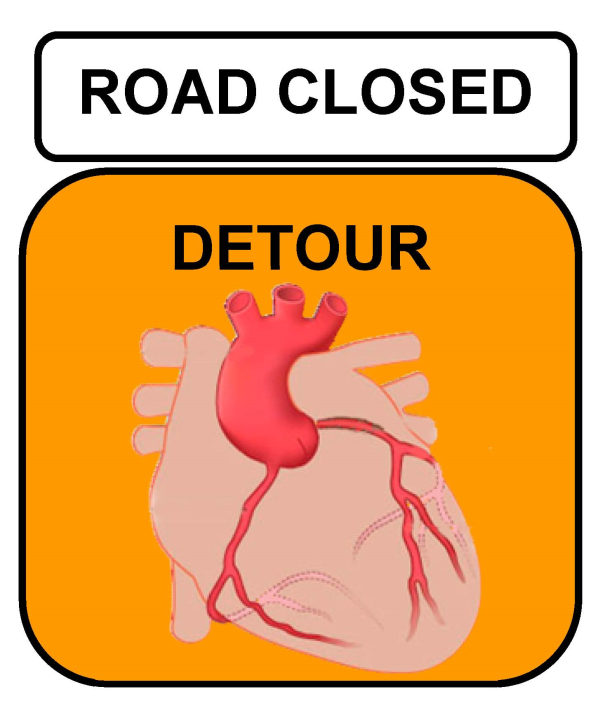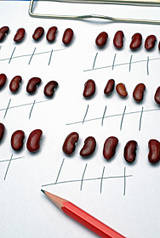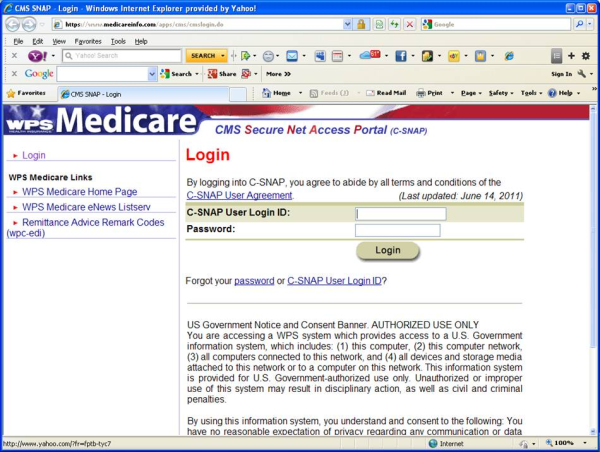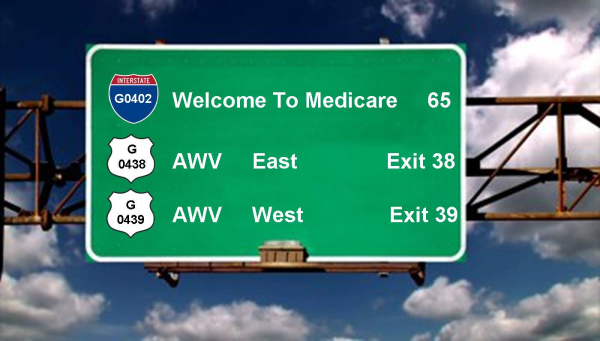You worked hard to get through med school and specialty training, and you like to think it’s all paying off in increased earnings because of your credentials. You’re genuinely concerned for your patients, and take pride in providing the best cardiovascular care available. You can’t imagine why anyone would opt to receive the same services from another provider who doesn’t have the same c.v, especially when patients don’t set payer rates, so why would you think you should settle for anything less out of your billing service?
Medical Billing Blog
78% Revenue Increase Due To Certified Cardiology Coding
Medical Providers Can Look To Canada For Lessons In ICD-10
When the transition to ICD-10 officially begins on October 1, 2014, those in the US healthcare industry will be in a position to benefit greatly from lessons learned by our neighbors inCanada, who also recently made the transition between 2001 and 2004. Canadians already experienced similar transition situations to what the United States will be facing according to Cindy Grant, Certified Healthcare Information Manager (CHIM) and ICD-10 practice lead at TELUS Health Solutions in Toronto,Ontario; and Kerry Johnson, MAEd, CHIM, senior lecturer and HIM instructional coordinator at the University of Ontario, Institute of Technology in Oshawa,Ontario. Coders in Canada struggled most with anatomy and physiology, not the coding logic itself. "It wasn't so much the coding system and how the codes work," says Johnson. "We found them struggling with anatomy and physiology and understanding what exactly the intervention was, including determining the root operation."
A recent survey conducted by the Workgroup for Electronic Data Interchange (WEDI) regarding the preparations for transitioning to ICD-10 being conducted by healthcare providers shows that nearly half of the survey group either have not started preparing for ICD-10 or do not know when they expect to start their testing.
New PCI Codes for 2013--Fun With Percutaneous Cardiac Intervention!
The new PCI codes introduced into the CPT Code Set in 2013 may seem confusing, but it’s worth wading through the information available, since their use can more than make up for revenue lost to fee schedule cuts and previously non-reimbursable procedures and decision making. In fact, creation of these new PCI codes represents a positive response to requests from providers for revision of the codes to allow payment for actual services performed.
Use Better Collection Techniques To Increase Patient Payments
It is said that “a bird in the hand is worth two in the bush,” and that is especially true when you’re talking about collecting payments from patients at the time of service. According to the AMA, the average cost to physicians for collecting monies owed and processing claims is 10 – 14 percent of gross revenue, butthere are ways to be more efficient, reduce these costs, and collect payments faster. The AMA website offers a Point-of-Care Pricing Toolkit to help you collect payment from patients before they walk out the door.
ICD-10 May Defeat In House Billing Efforts
Providers should start preparing now for the implementation of ICD-10, which is scheduled to begin October 1, 2014. Basically let’s talk about getting your practice's infrastructure in order.
The Centers for Medicare & Medicaid Services (CMS) on November 1, 2012 issued its 1,362-page final rule of fee schedules for 57 physician and other specialty provider groups for calendar year 2013.
High-level E&M Codes Increase Risk of RAC Audit
Recovery Audit Contractors (RAC’s) are now reviewing high level evaluation and management (E&M) codes used in billing office visits in private practice. E&M services are based on the providers understanding of the patient’s medical history, review of patient’s medications, a physical examination, and of course a medical decision. According to Charles Fidel of AMedNews.com, Medicare paid $33.5 billion for E&M services in 2010. Of the 442,000 physicians that billed for E&M services, only 1,669 providers consistently billed high-level E&M codes such as 99215. A claim for a low-level visit by an established patient only paid about $20 in 2010, while a high-level new patient paid around $190.
Check Patient Eligibility For Wellness Visits To Ensure Reimbursement
Following on the heels of our recent article, “Billing and Coding for the Medicare Annual Wellness Visits,” we got this comment from a reader:
Billing and Coding For the Medicare Annual Wellness Visits
By Christine Moore, CPC -- There seems to be some confusion out there from both physician offices and patients as to what is included in the Medicare Wellness Visits. Office staff should be familiar with codes G0402, G0438, and G0439 to be able to explain to patients the purpose and scope of these visits. Medicare coverage includes three different types of Wellness Visits that are offered to all enrollees, but these visits do not include a routine physical checkup. They are intended to be a meeting between physician and patient to discuss current health status, and to devise a plan for maintaining good health, setting a schedule for preventive health screenings, and treating or stabilizing chronic ailments. Medicare beneficiaries are eligible to receive the services associated with the Wellness Visits at no charge to the patient, with no copay or deductible due for the Annual Wellness Visit (AWV) itself, but if other services are provided during the course of the AWV, the patient is responsible for any copay or deductible applicable to those extra services. Together, the three types of wellness visits are designed to establish and maintain regular contact between patient and physician, to ease communication about health and wellness issues, and to provide a basis for regular updating of patient records with regard to overall health. Each type of visit is indicated at a specific point during the term of the patient’s coverage under Medicare, and there are specific guidelines for time periods during which each visit is payable.


